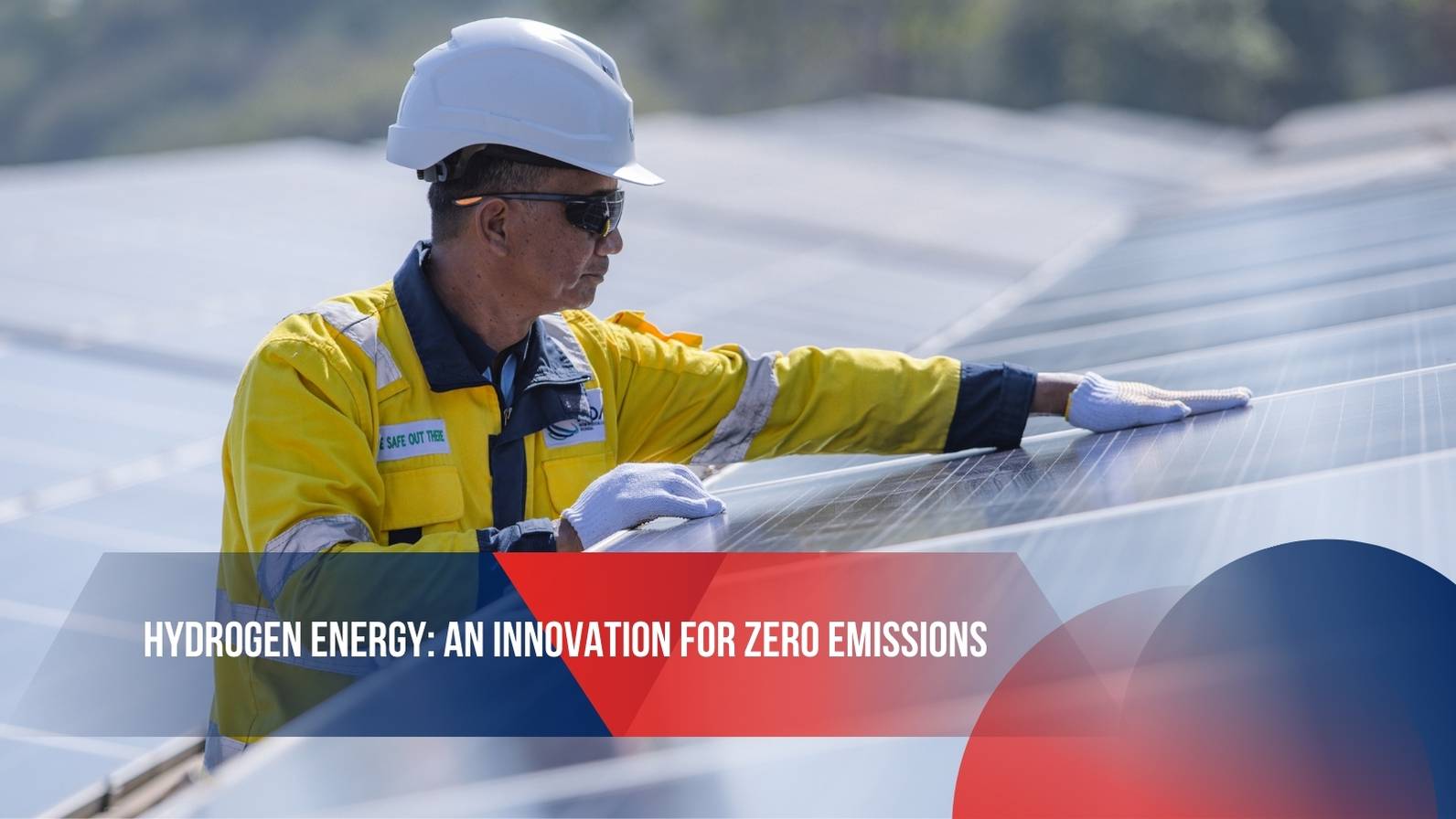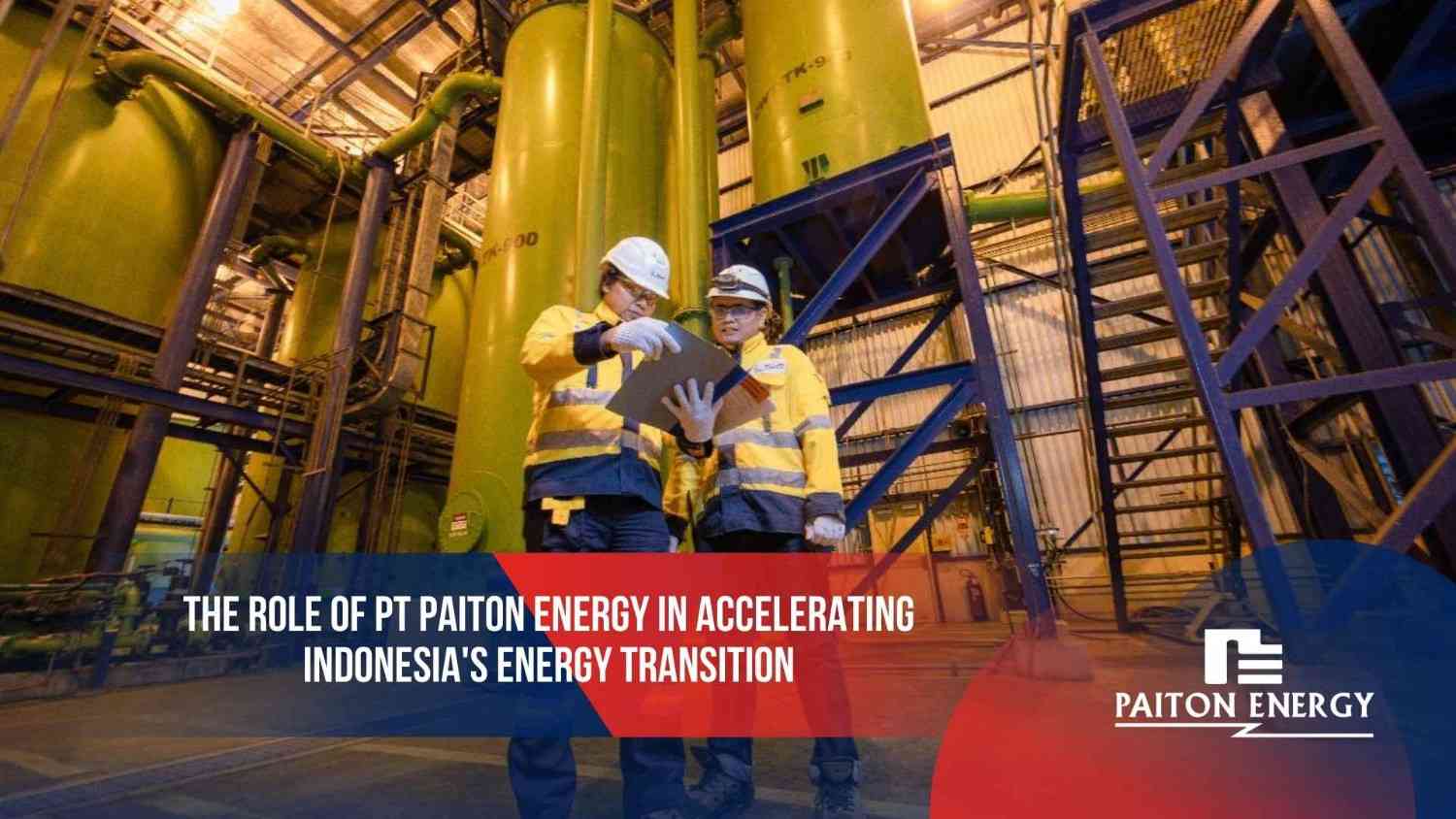Energy serves as the backbone of modern life, yet the looming threat of climate change overshadows the comfort it provides. In the global effort to reduce carbon emissions, hydrogen energy has emerged as one of the most promising solutions.
As a clean energy source, hydrogen holds immense potential for creating a more sustainable future. This article explores the role of hydrogen as an alternative energy source in supporting global zero-emission targets.
The Potential of Hydrogen as the Energy of the Future
Hydrogen as a Clean Energy Source
Hydrogen’s primary advantage as a clean energy source lies in its ability to produce only water and heat when utilized. Unlike fossil fuels, which emit carbon dioxide (CO2) and other pollutants, hydrogen combustion or its reaction in fuel cells generates no harmful emissions.
The reaction between hydrogen and oxygen in a fuel cell yields water as the sole byproduct, making it an environmentally friendly alternative for reducing the global carbon footprint.
Applications of Hydrogen
- Hydrogen-Powered Vehicles: Hydrogen-powered vehicles utilize fuel cells to generate energy with zero emissions during operation. In Indonesia, hydrogen refueling stations are being established to support the adoption of this technology.
- Power Generation: Hydrogen can be used in power plants to generate energy without carbon emissions, particularly green hydrogen produced from renewable sources such as solar or wind energy.
The Role of Hydrogen in Achieving Global Net-Zero Carbon Emissions
Hydrogen plays a crucial role in the global energy transition toward net-zero emissions. By leveraging hydrogen, countries can reduce their reliance on fossil fuels and decrease greenhouse gas emissions.
In Indonesia, the potential for producing hydrogen as an alternative energy source is significant and can replace fossil fuels in various sectors, such as transportation and industry.
Types of Hydrogen Based on Production Methods
Hydrogen can be classified by its production method:
- Green Hydrogen: Produced through water electrolysis using renewable energy. Green hydrogen is the most environmentally friendly type as it generates no carbon emissions during production.
- Blue Hydrogen: Derived from natural gas with carbon capture and storage (CCS) technology. Blue hydrogen is cleaner than gray hydrogen but still produces a small amount of carbon emissions.
- Gray Hydrogen: Produced from natural gas without CCS technology, resulting in significant carbon emissions during production.
Environmental Impacts of Using Hydrogen as Clean Energy
Using hydrogen as a clean energy source provides several environmental benefits but also faces challenges that must be addressed. Below is an analysis of the environmental impacts of hydrogen usage:
- Low Carbon Emissions
Hydrogen as clean energy produces only water as a byproduct, without carbon emissions, making it suitable for transportation and industrial use. - Air Pollution Reduction
Hydrogen fuel cells also reduce air pollution, offering a cleaner solution for countries like Indonesia that face air quality challenges. - Hydrogen Leakage Risks
Hydrogen leakage could potentially increase greenhouse gases such as methane, emphasizing the need for advanced leak prevention technologies. - Dependence on Renewable Energi
Hydrogen production requires electricity from renewable energy, necessitating efficient and sustainable sources. - Cost and Infrastructure
High costs and infrastructure requirements remain significant barriers, calling for substantial investment and policy support.
The Future of Hydrogen Energy in Indonesia
Hydrogen has demonstrated its potential as a clean and efficient energy source capable of making a significant contribution to achieving global zero-emission targets. With the support of advanced technology and cross-sector collaboration, transitioning to hydrogen energy is a critical step toward environmental sustainability.




